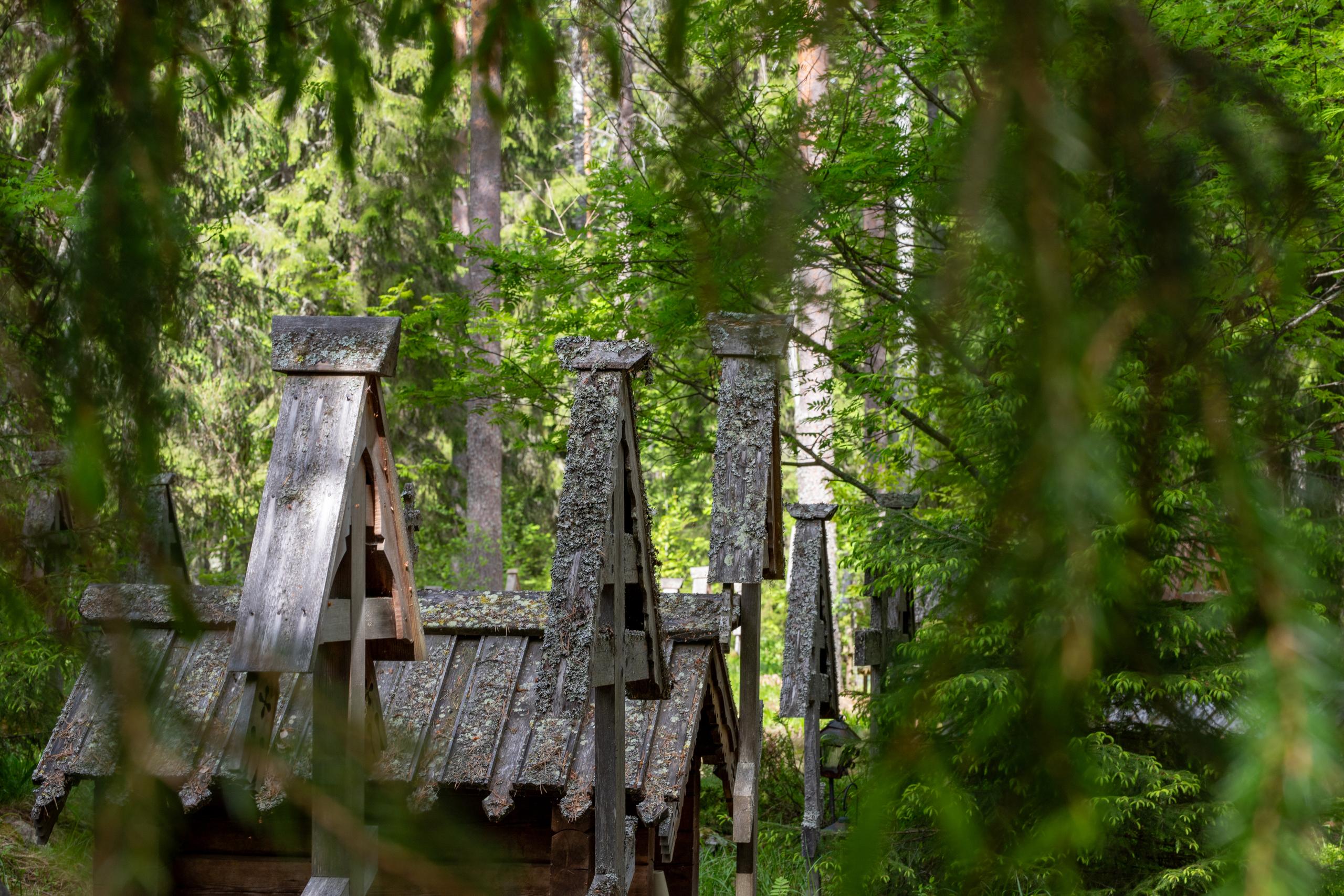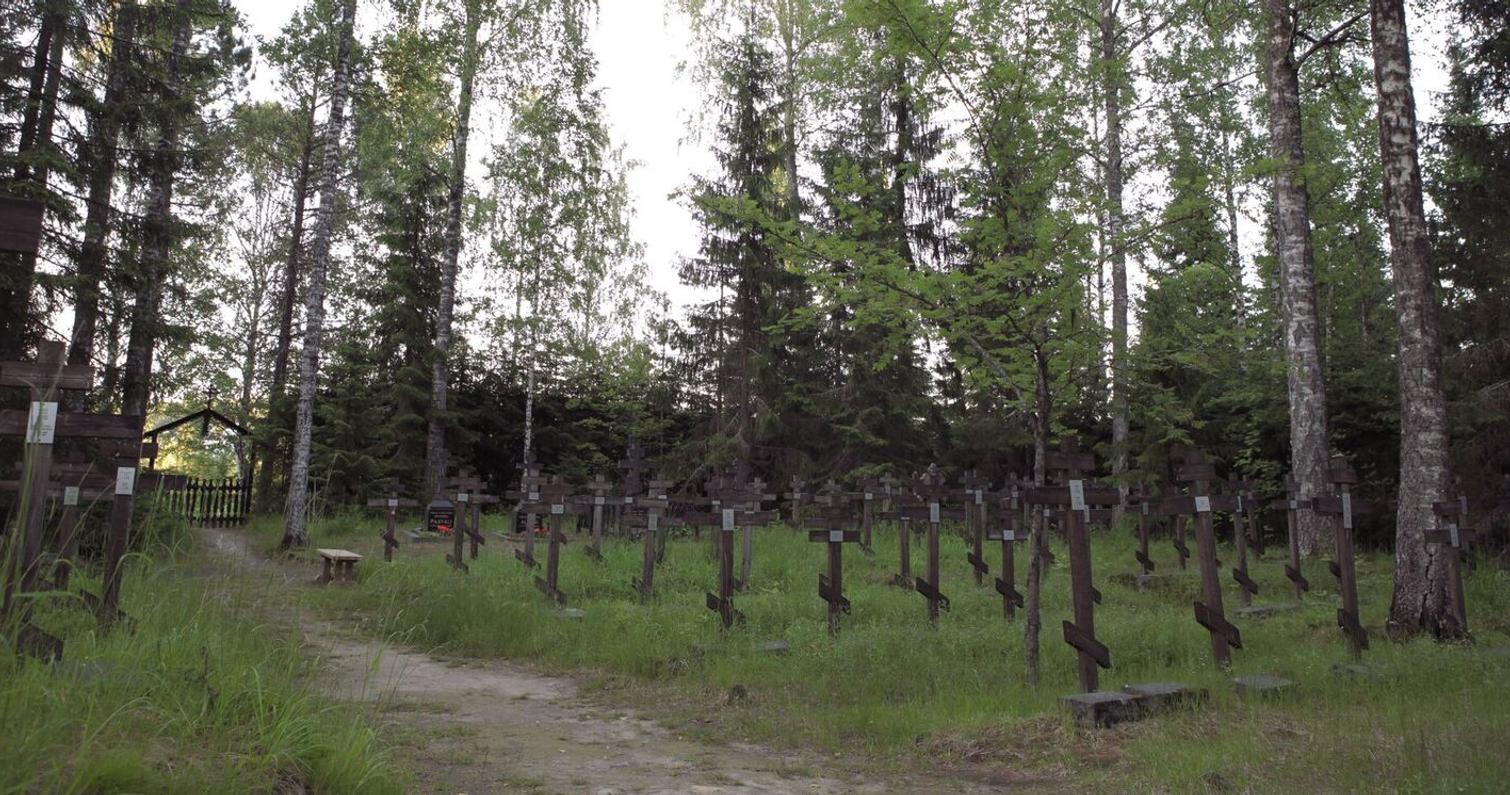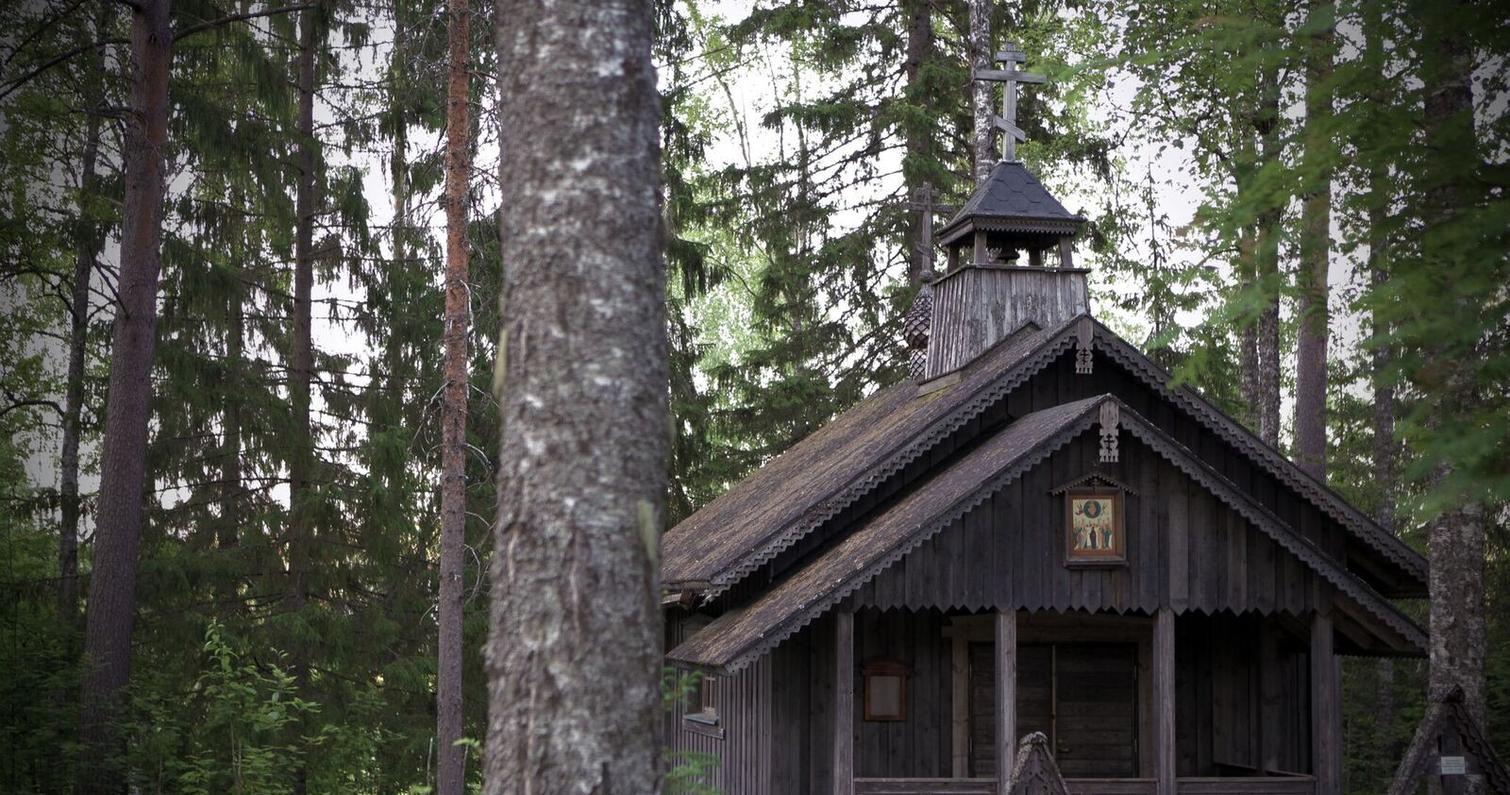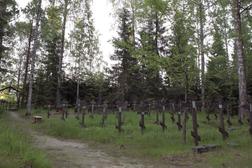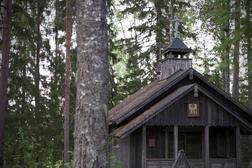This website uses mandatory cookies to ensure the operation and security of the website, as well as optional cookies to deliver services, personalize ads, and analyze traffic.
-
Essentials:
Necessary cookies affect the functioning of the website by activating basic website functions, such as site navigation and shopping cart-related functions. Our website does not function without these cookies, so they are stored without your consent.
-
Functional cookies:
Functional cookies can be used to change the user experience of our websites. These cookies store, for example, the most recently viewed pages.
-
Statistical cookies:
Statistical cookies are used to understand how visitors interact with our websites. The data used for statistical purposes is anonymized.
-
Marketing cookies:
Marketing cookies are used to track website visitors. The purpose is to target you with ads that are relevant and interesting, and therefore valuable to us and marketers.
